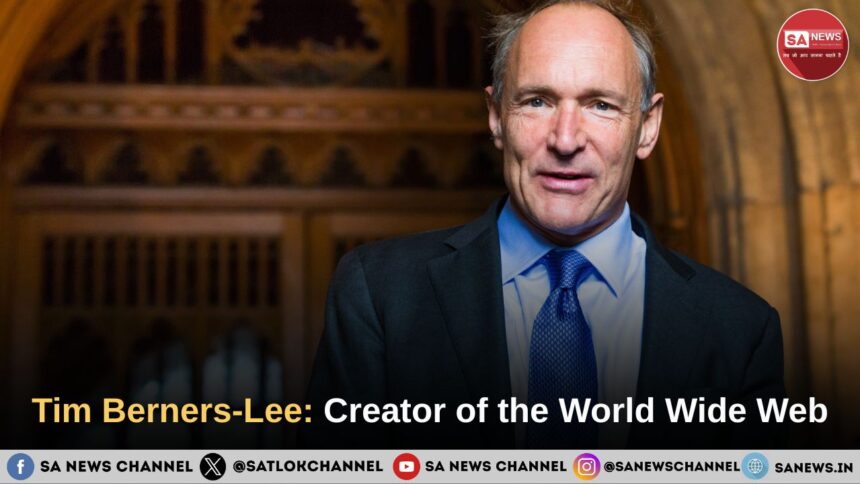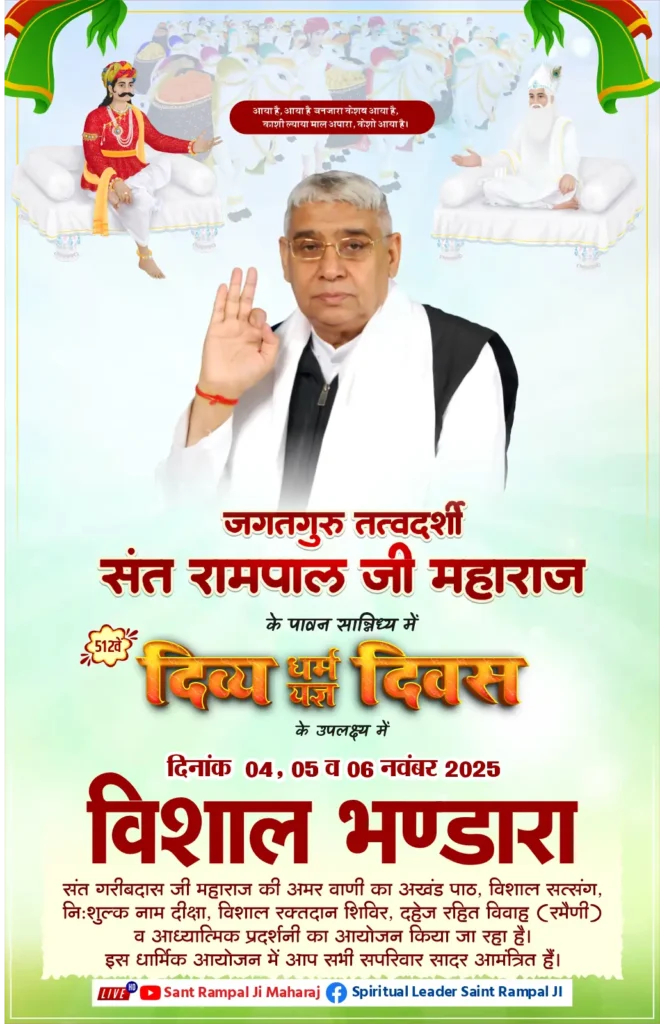In an era where billions of people connect instantly across the globe, it is easy to forget the single idea that made it all possible. Tim Berners-Lee, the British computer scientist who invented the World Wide Web, transformed how humanity shares knowledge and communicates. Born in 1955, his vision of a simple, open system for linking information has reshaped society, commerce, and culture. Without royalties or patents, Tim Berners-Lee released his creation freely, ensuring it became a public good.
- Tim Berners-Lee: Roots in Innovation and Early Curiosity
- Tim Berners-Lee: Inventing the World Wide Web at CERN
- Tim Berners-Lee: Building Standards Through the World Wide Web Consortium
- Tim Berners-Lee: Championing Net Neutrality and Digital Rights
- Tim Berners-Lee: Accolades Reflecting Global Impact
- Tim Berners-Lee: A Private Life Fuelled by Shared Values
- Tim Berners-Lee: Legacy and the Unfinished Web
- Tim Berners-Lee: A Vision Beyond the Digital Realm
This biography explores the life of Tim Berners-Lee, from his early curiosity with technology to his ongoing fight for a fair internet. It highlights his achievements and the principles that guide his work, offering insights for students, researchers, and anyone curious about the web’s origins.
Tim Berners-Lee: Roots in Innovation and Early Curiosity
Tim Berners-Lee’s story begins with a family immersed in computing’s dawn. Born on 8 June 1955 in London, England, he was the eldest child of Conway Berners-Lee and Mary Lee Woods, both pioneering mathematicians. His parents contributed to the Ferranti Mark 1, Britain’s first commercial computer, completed in 1951. This environment sparked Tim Berners-Lee’s lifelong interest in machines.
As a boy, he spent hours tinkering with electronics, especially on a model railway set that taught him basic programming concepts. He attended Sheen Mount Primary School and later Emanuel School, a grammar school in London, from 1969 to 1973. There, Tim Berners-Lee excelled in sciences, showing an early aptitude for problem-solving.
University life further shaped Tim Berners-Lee. In 1973, he entered The Queen’s College at Oxford University to study physics. He graduated in 1976 with a first-class honours Bachelor of Arts degree. During his studies, Tim Berners-Lee built his first computer using an old television set bought from a repair shop and basic components like TTL gates. This hands-on project honed his skills in hardware and software, laying groundwork for future innovations.
After Oxford, Tim Berners-Lee took his first job as an engineer at Plessey Telecommunications in Poole, Dorset. He worked on distributed transaction systems, gaining practical experience in networking. In 1978, he moved to D.G. Nash Ltd., where he wrote typesetting software for intelligent printers. These early roles exposed Tim Berners-Lee to real-world computing challenges, from data processing to remote communication.
A pivotal moment came in 1980 when Tim Berners-Lee joined CERN, the European Organisation for Nuclear Research in Geneva, as an independent contractor. CERN’s international community of scientists inspired him to address a key issue: sharing research data efficiently. During his six-month stint, Tim Berners-Lee created ENQUIRE, a prototype hypertext system for linking notes. Though not released publicly, ENQUIRE influenced his later work.
After CERN, Tim Berners-Lee returned to the UK, working at Image Computer Systems Ltd. in Bournemouth. He led technical teams on networking projects, including real-time remote procedure calls. By 1984, Tim Berners-Lee rejoined CERN as a fellow, ready to tackle larger ideas in a collaborative setting.
These formative years reveal Tim Berners-Lee as a thoughtful innovator, driven by curiosity rather than acclaim. His background in physics and engineering equipped him to bridge theory and practice, setting the stage for a breakthrough that would redefine information access.
Tim Berners-Lee: Inventing the World Wide Web at CERN
The heart of Tim Berners-Lee’s legacy lies in his 1989 proposal at CERN. Frustrated by fragmented information systems, he envisioned a “universal linked information system.” On 12 March 1989, Tim Berners-Lee submitted a memo outlining hypertext over the internet, combining existing technologies like TCP/IP and DNS. His manager, Mike Sendall, approved it as “vague, but exciting,” providing resources for development.
Tim Berners-Lee worked with Belgian engineer Robert Cailliau to refine the concept. Drawing from ENQUIRE, they developed core components: HTML for document structure, HTTP for data transfer, and URLs for addressing. In mid-November 1989, Tim Berners-Lee achieved the first successful HTTP client-server communication. By Christmas 1990, using a NeXT computer, he built the first web browser and server, named WorldWideWeb (later renamed Nexus to avoid confusion). This software doubled as an editor, allowing users to create and view linked pages.
On 20 December 1990, Tim Berners-Lee published the first website on CERN’s network, info.cern.ch, explaining the project. It invited collaboration, marking the web’s quiet debut. In August 1991, he shared it publicly via Usenet, sparking interest among researchers. By 1993, CERN released the software freely, accelerating adoption. Tim Berners-Lee later admitted the “//” in URLs was unnecessary, a small quirk in his elegant design.
This invention stemmed from Tim Berners-Lee’s belief in openness. Unlike proprietary systems, he patented nothing, ensuring the web grew without barriers. Today, the World Wide Web connects over 5 billion users, enabling e-commerce, social media, and global education. As Time magazine noted, Tim Berners-Lee “wove the Web” into a 21st-century mass medium.
Tim Berners-Lee: Building Standards Through the World Wide Web Consortium
Recognising the need for governance, Tim Berners-Lee founded the World Wide Web Consortium (W3C) in 1994 at MIT. As its director, he established royalty-free standards to ensure interoperability. W3C developed protocols like CSS for styling and XML for data exchange, fostering a robust ecosystem.
Tim Berners-Lee’s leadership balanced innovation with accessibility. He championed the Semantic Web, a vision of machine-readable data to enhance search and automation. In 2004, he took a chair in computer science at the University of Southampton, advancing these ideas. He also held the 3Com Founders Chair at MIT’s Computer Science and Artificial Intelligence Laboratory, directing the Decentralized Information Group.
Later, Tim Berners-Lee co-founded the Web Science Research Initiative and joined the MIT Center for Collective Intelligence’s advisory board. In 2016, he became a professorial research fellow at Oxford University and a fellow of Christ Church College. These roles allowed Tim Berners-Lee to mentor the next generation while pushing boundaries, such as through the Solid project. Launched in 2016 with the Qatar Computing Research Institute, Solid aims to give users control over personal data via decentralised storage.
Also Read: The Rise and Fall of Simón Bolívar: Latin America’s Liberator
In 2018, Tim Berners-Lee started Inrupt, an open-source company supporting Solid’s ecosystem. This venture addresses privacy concerns in an era of data breaches and surveillance. Through W3C and beyond, Tim Berners-Lee has shaped the web’s technical foundation, emphasising ethical design.
Tim Berners-Lee: Championing Net Neutrality and Digital Rights
Tim Berners-Lee’s influence extends to policy and ethics. A vocal advocate for net neutrality, he views it as essential for an equal internet. In 2017, he signed an open letter to the US Federal Communications Commission urging its preservation, warning against corporate control.
In 2009, Tim Berners-Lee co-founded the World Wide Web Foundation with Rosemary Leith to promote access and openness. The foundation supports initiatives like data.gov.uk, launched in 2010 with Nigel Shadbolt, which opened UK government data to the public. Tim Berners-Lee argued this fosters accountability and innovation.
He led the Alliance for Affordable Internet from 2013, partnering with tech giants to lower costs in developing nations. The goal: internet under 5% of monthly income, per UN standards. In 2019, at the Internet Governance Forum, Tim Berners-Lee unveiled the Contract for the Web, nine principles for governments, companies, and users to safeguard the platform.
During the 2012 London Olympics, Tim Berners-Lee appeared in the opening ceremony, tweeting “This is for everyone” on a NeXT computer. This message underscores his commitment to inclusivity. Despite controversies, like approving Encrypted Media Extensions in 2017 for digital rights management, Tim Berners-Lee prioritises practicality while defending openness. He praises Wikipedia as the web’s ideal: collaborative knowledge for all.
Tim Berners-Lee: Accolades Reflecting Global Impact
Tim Berners-Lee’s contributions have earned widespread recognition. Knighted in 2004 for internet services, he joined the Order of Merit in 2007. He is a Fellow of the Royal Society (2001), member of the American Philosophical Society (2004), and National Academy of Engineering (2007). In 2013, he received the Queen Elizabeth Prize for Engineering.
The 2016 Turing Award, computing’s Nobel, honoured his web invention. Time named him among the 20th century’s 100 most influential. He holds honorary degrees from Harvard, Yale, and Manchester. In 2004, the Millennium Technology Prize celebrated the web’s societal benefits. These honours affirm Tim Berners-Lee’s authoritative role in technology.
Tim Berners-Lee: A Private Life Fuelled by Shared Values
Tim Berners-Lee maintains privacy, separating personal and professional spheres. He married Nancy Carlson in 1990; they had two children before divorcing in 2011. In 2014, he wed Rosemary Leith, a Canadian entrepreneur and Web Foundation director. They share three stepchildren and invest in ethical AI ventures.
Raised Anglican, Tim Berners-Lee identifies as a Unitarian Universalist and atheist, valuing humanism. In 2021, he auctioned the web’s source code as an NFT, raising $5.4 million for digital equity causes.
Tim Berners-Lee: Legacy and the Unfinished Web
Tim Berners-Lee’s 2025 memoir, This Is for Everyone: The Unfinished Story of the World Wide Web, reflects on his journey and future challenges like misinformation and inequality. As professor emeritus at MIT and Oxford fellow, he continues via Solid and Inrupt.
Tim Berners-Lee’s legacy is profound: a web that democratises information, yet requires vigilance. His principles of openness guide efforts against division. In conclusion, Tim Berners-Lee remains the web’s steward, reminding us it is a tool for unity. As he stated, it is “for everyone,” a call to preserve its promise.
Tim Berners-Lee: A Vision Beyond the Digital Realm
Tim Berners-Lee’s life shows how curiosity, innovation, and openness can transform humanity, connecting billions across the globe. Yet, beyond technological achievements lies a deeper search for meaning and purpose. Just as he linked information to empower minds, individuals seek ways to connect with the eternal and understand the soul’s journey. Exploring spiritual wisdom can illuminate this path. Works like “Gyan Ganga” and “Way of Living” by Saint Rampal Ji Maharaj offer profound guidance on authentic worship and a meaningful life, inviting readers to harmonize knowledge, service, and devotion in pursuit of higher understanding.









